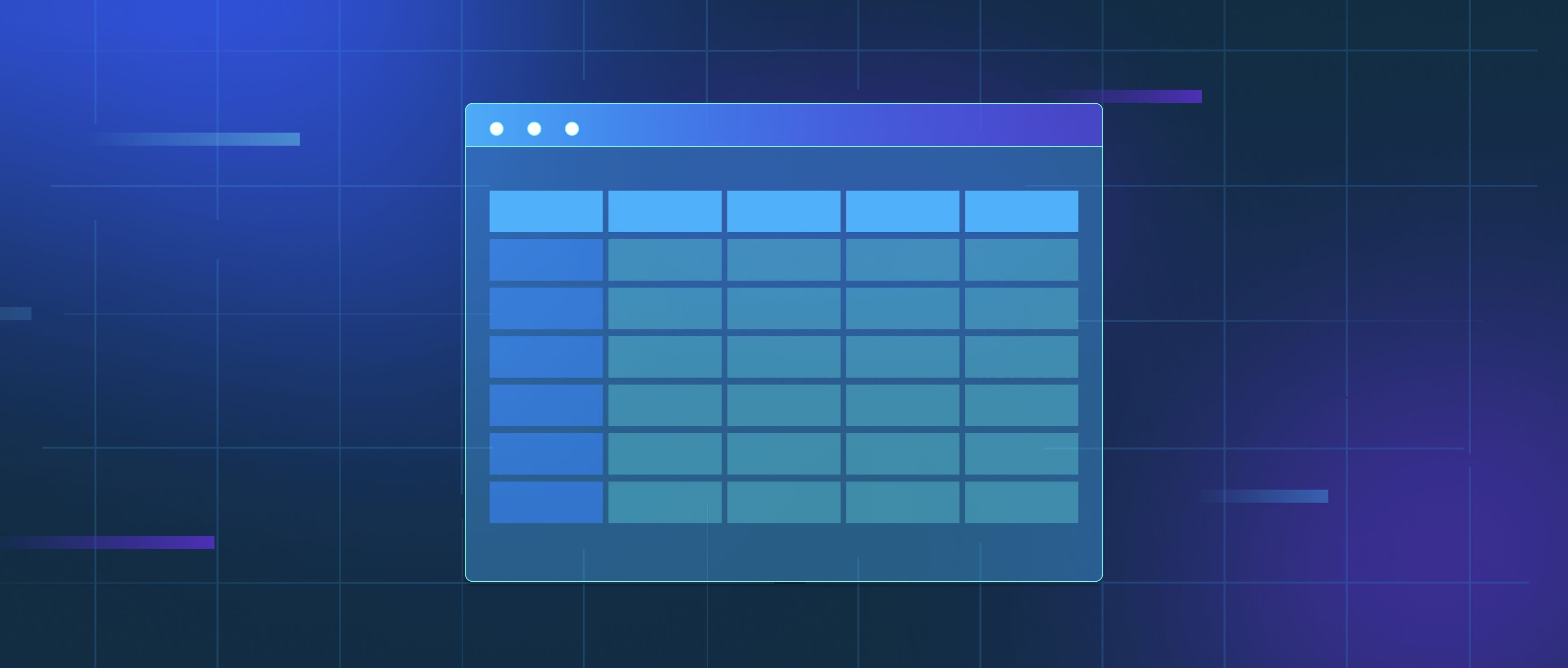To capture and handle errors when making requests to AWS Bedrock, use structured exception handling in your code. AWS SDKs (like Boto3 for Python or the AWS SDK for JavaScript) provide specific exception classes for Bedrock service errors. Wrap your Bedrock API calls in try/catch blocks (or try/except in Python) to intercept errors. For example, in Python using Boto3:
import boto3
from botocore.exceptions import ClientError
client = boto3.client('bedrock')
try:
response = client.invoke_model(modelId='anthropic.claude-v2', body=request_body)
except ClientError as e:
error_code = e.response['Error']['Code']
error_message = e.response['Error']['Message']
print(f"Error {error_code}: {error_message}")
The ClientError exception captures service-specific errors, and you can extract details like the error code and message from the response. Common Bedrock errors include ValidationException (invalid input), AccessDeniedException (permissions), and ThrottlingException (rate limiting).
Differentiate between retryable and non-retryable errors. Network issues (e.g., timeout errors) or 5xx server errors from Bedrock can often be retried, while 4xx client errors (except ThrottlingException) require fixing the request. Implement retries with exponential backoff to avoid overwhelming the service. For example:
from botocore.config import Config
retry_config = Config(
retries={
'max_attempts': 3,
'mode': 'standard' # Includes adaptive retry for throttling
}
)
client = boto3.client('bedrock', config=retry_config)
This configuration tells the AWS SDK to automatically retry up to 3 times for retryable errors, with built-in backoff. For custom retry logic, use a library like backoff (Python) or implement a loop with increasing delays.
Validate requests before sending them to reduce preventable errors. Check input formats (e.g., prompt length limits for specific models) and permissions upfront. For example, validate that your IAM role has bedrock:InvokeModel permissions. Log errors with context (request ID, timestamp, model ID) using your framework’s logging tools, and monitor metrics like error rates via Amazon CloudWatch. Avoid silent failures by ensuring all exceptions are either handled or explicitly logged for debugging.
